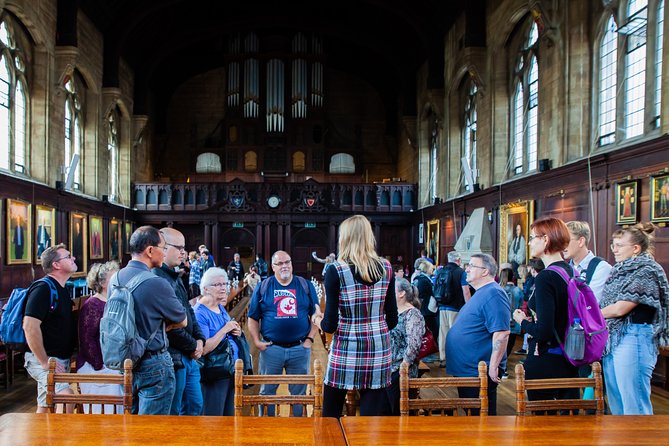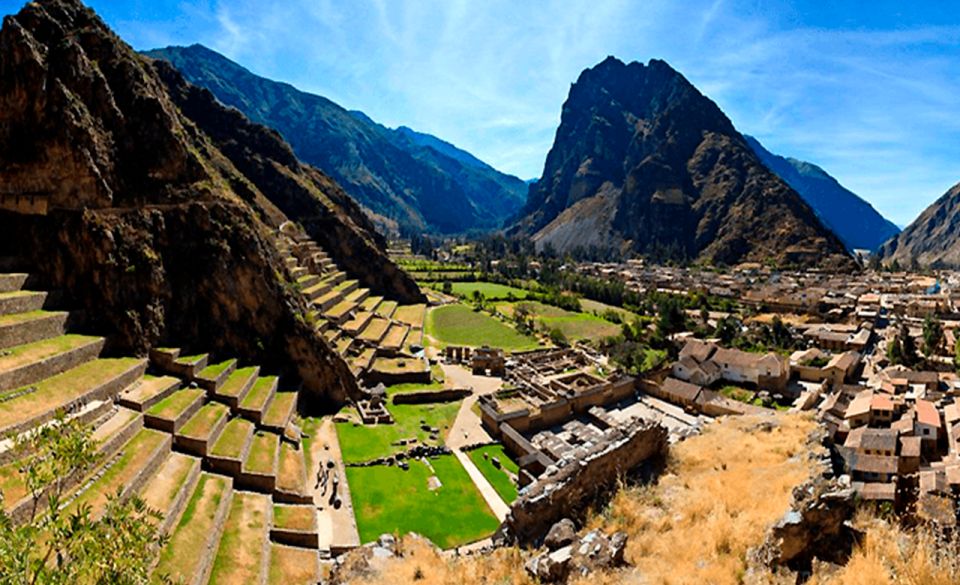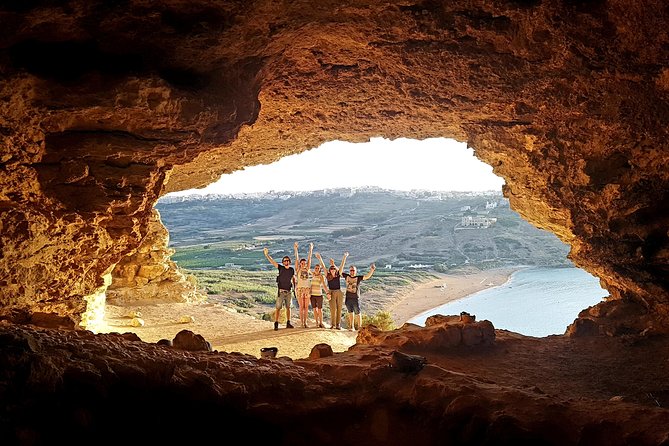The Pantheon in Rome is a true architectural marvel, a testament to the ingenuity and skill of ancient Roman engineers. With its iconic dome measuring an impressive 142 feet in diameter and the central oculus flooding the cavernous interior with natural light, the Pantheon captivates visitors from around the world. Yet, beyond its stunning appearance lies a rich history and a host of intriguing secrets waiting to be uncovered. From the ornate marble columns to the intricate frescoes adorning the domed ceiling, every inch of the Pantheon invites exploration and reflection on the remarkable achievements of the Roman Empire.
Key Points
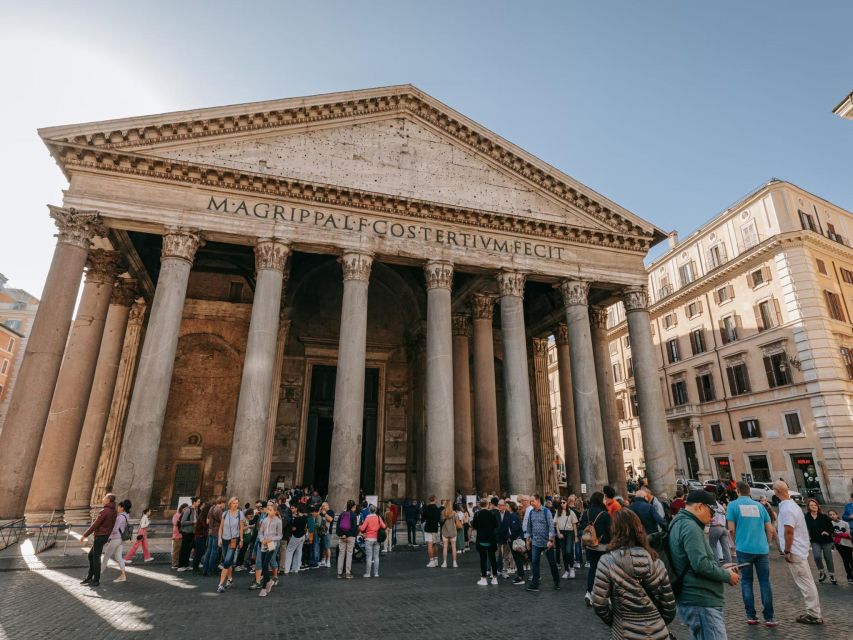
• The Pantheon’s iconic dome, measuring 142 feet in diameter, is an engineering marvel of ancient Roman architecture.
• The oculus at the center of the dome allows natural light to flood the cavernous interior, creating a breathtaking visual experience.
• The Pantheon’s ornate marble columns, intricate frescoes, and stunning geometric floor patterns showcase the remarkable craftsmanship of ancient Roman artisans.
• The Pantheon’s architectural design, with its harmonious blend of classical elements, has influenced countless buildings worldwide, inspiring generations of artists and engineers.
• The Pantheon’s evolution over the centuries, from a pagan temple to a Christian church and now a cultural heritage site, reflects its enduring significance and captivating historical narrative.
It's also worth checking out some other tours and experiences nearby.
Architectural Grandeur of the Pantheon
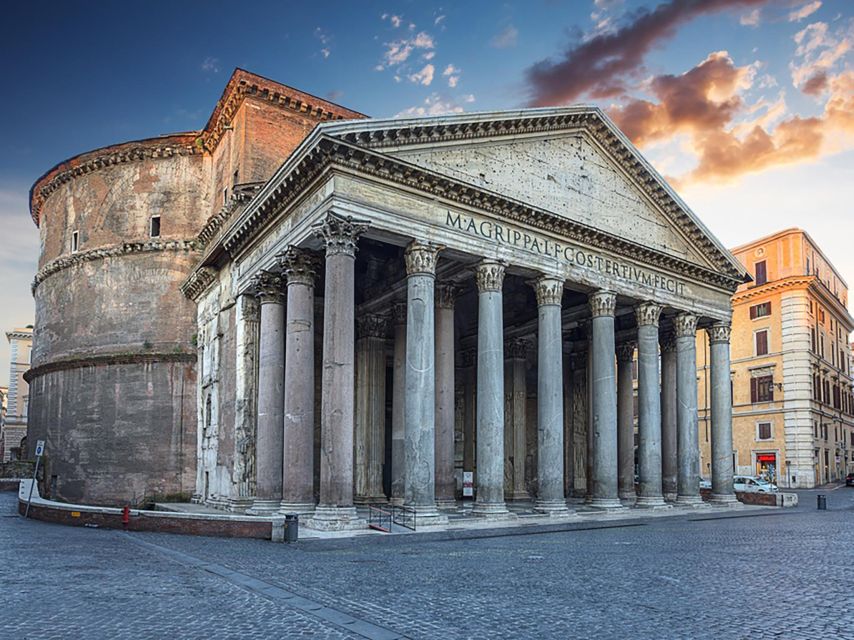
The Pantheon’s architectural grandeur lies in its harmonious blend of classical elements, showcasing the Romans’ masterful engineering prowess.
Constructed in 126 AD, the Pantheon’s iconic dome is a marvel of ancient design, measuring an astounding 142 feet in diameter.
The structure’s perfect proportions and symmetry create a sense of balance and harmony, while the oculus at the top allows natural light to flood the interior, imbuing the space with a warm, ethereal glow.
The ornate decorations, including the intricate sculptures and frescoes, further enhance the Pantheon’s visual splendor, making it a true masterpiece of Roman architecture that has withstood the test of time.
Historical Significance of the Pantheon
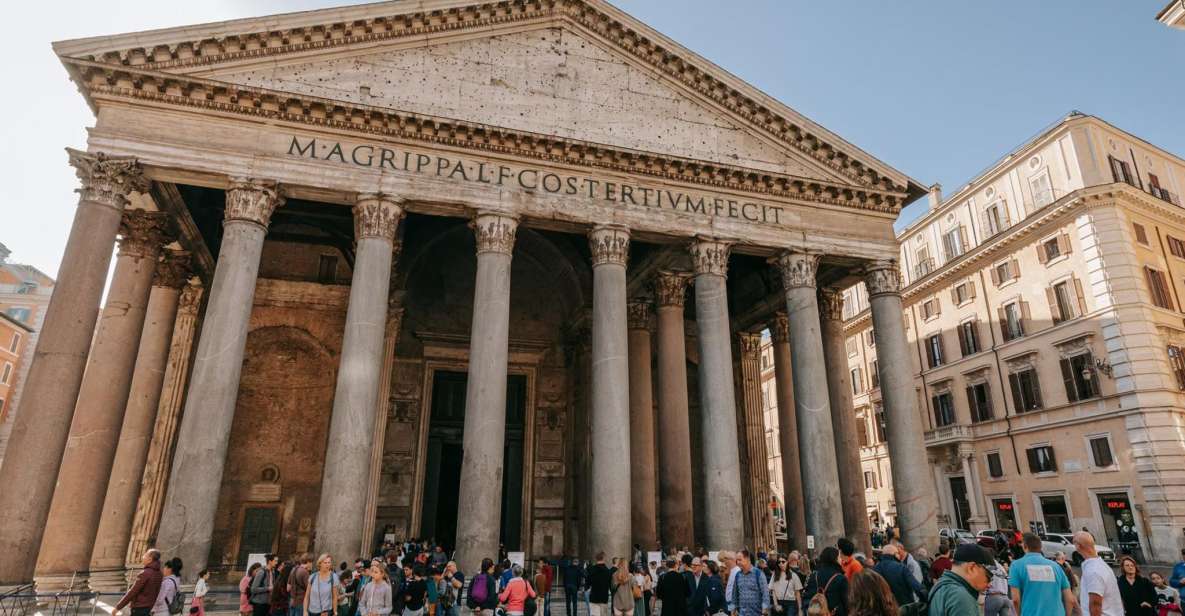
Beyond its architectural marvels, the Pantheon holds immense historical significance, reflecting the evolving nature of Rome’s religious and cultural landscape over the centuries. Originally built as a temple dedicated to all gods, the Pantheon has served as a Christian church, a meeting place, and a burial site for Italy’s royalty and renowned artists. Its unique design, featuring a massive domed roof with an oculus, has made it a symbol of Roman ingenuity and engineering prowess. The Pantheon’s enduring legacy is a testament to Rome’s ability to adapt and reinvent itself, making it a must-visit destination for anyone seeking to understand the rich history of the Eternal City.
| Year | Event |
|---|---|
| 126 AD | Constructed as a temple dedicated to all gods |
| 609 AD | Converted into a Christian church, Santa Maria ad Martyres |
| 1870 AD | Became the resting place for Italy’s first king, Victor Emmanuel II |
| 1946 AD | Designated as a museum and cultural heritage site |
| Present | One of Rome’s most iconic and visited landmarks |
Exploring the Pantheon’s Interior Marvels
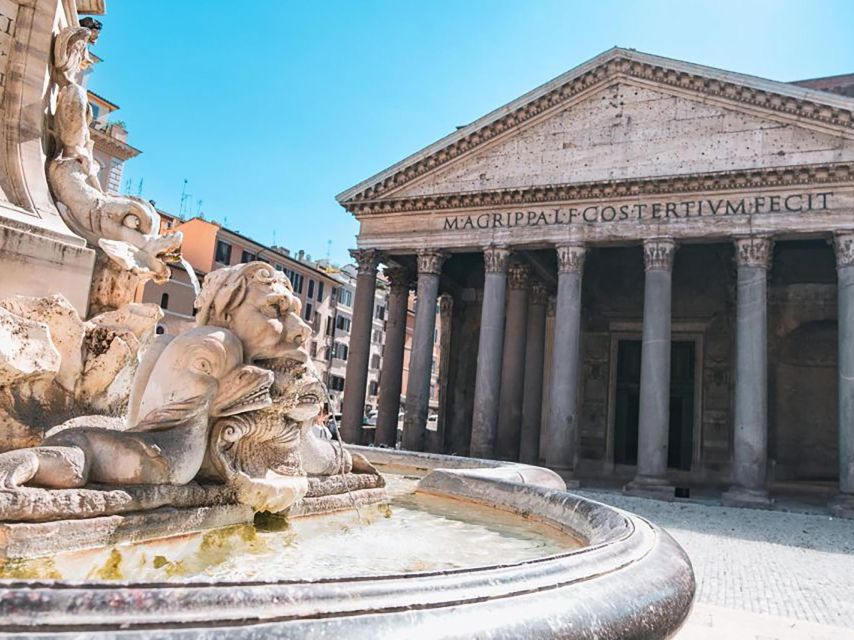
Upon entering the Pantheon, visitors are immediately captivated by its breathtaking interior.
Ornate marble columns flank the spacious rotunda, their intricate carvings a testament to ancient Roman craftsmanship.
Sunlight pours in through the iconic oculus, casting a warm glow throughout the cavernous space and illuminating the stunning frescoes adorning the domed ceiling.
The floor is paved with intricate geometric patterns, while the walls display intricate bas-reliefs and niches housing impressive statues.
Every detail of the Pantheon’s interior beckons visitors to pause and marvel at the exceptional artistry and engineering that went into its construction over 1,800 years ago.
This architectural gem continues to captivate and inspire all who step inside its iconic halls.
Enduring Impact of the Pantheon
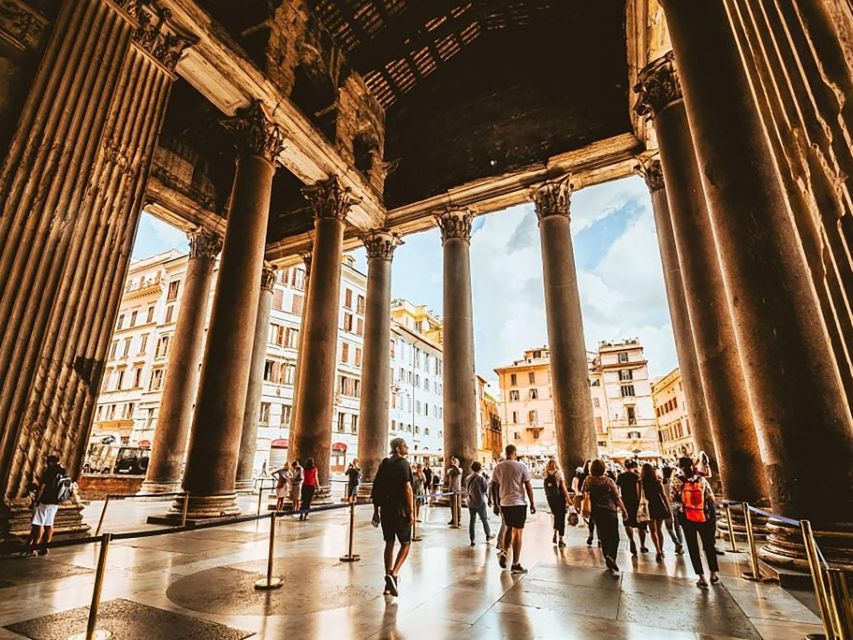
Centuries after its construction, the Pantheon’s lasting impact on architecture, art, and culture can still be felt throughout Rome and across the globe.
Its innovative design and enduring significance have made it an enduring icon, inspiring generations of artists, engineers, and scholars.
The Pantheon’s massive dome and ingenious engineering continue to astound visitors, showcasing the remarkable technical prowess of ancient Roman builders.
Its influence can be seen in the design of countless churches, museums, and public buildings worldwide.
Plus, the Pantheon’s role as a temple to all gods underscores its cultural significance, as it represents the religious and philosophical openness that characterized the Roman Empire.
This remarkable ancient structure’s enduring legacy continues to captivate and inspire all who encounter it.
Pantheon’s Evolution Over the Centuries
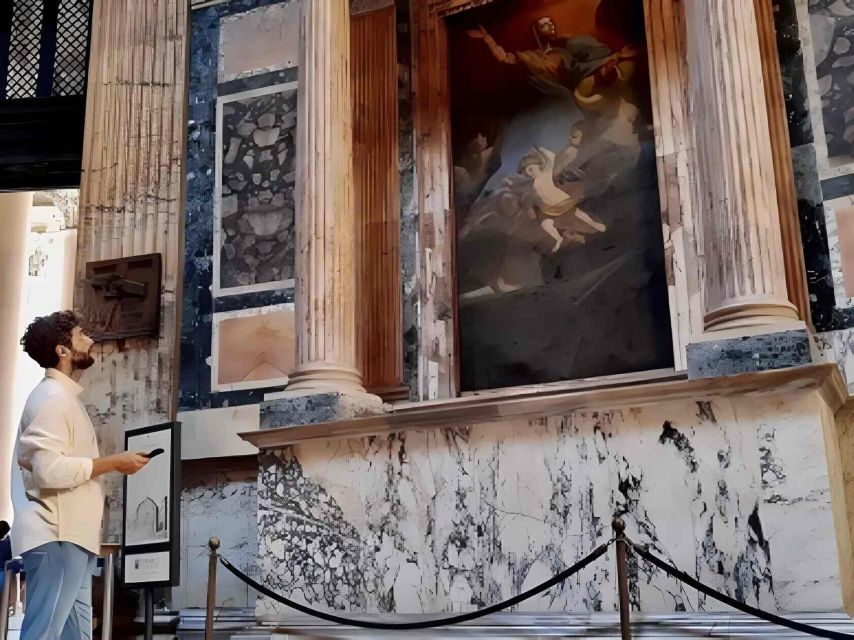
The Pantheon has undergone remarkable transformations since its initial construction by Emperor Hadrian in the 2nd century AD, adapting to shifting cultural and religious influences over the centuries.
Originally a pagan temple dedicated to all the gods, it was later converted into a Christian church in the 7th century.
The Pantheon’s remarkable architectural features, such as its iconic dome, have remained largely intact, while its purpose and role in Rome’s landscape have evolved.
Today, the Pantheon stands as a testament to the enduring power of Roman engineering and the ability of a structure to adapt and survive through the ages, captivating visitors with its enduring beauty and historical significance.
Unraveling the Pantheon’s Construction Mysteries
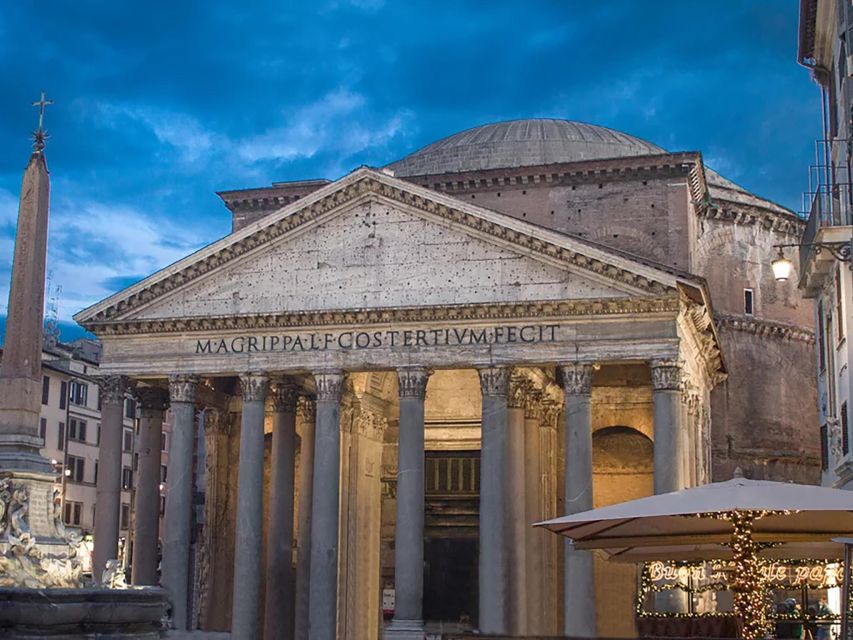
Alongside the Pantheon’s remarkable architectural evolution, the mysteries surrounding its construction have long captivated scholars and visitors alike.
From the engineering feats behind its iconic dome to the intricate craftsmanship adorning its interior, the Pantheon’s construction process remains a source of fascination and ongoing research.
One of the most captivating aspects is the massive concrete dome, which at nearly 150 feet in diameter, was an engineering marvel of its time. Historians believe the use of innovative construction techniques, such as the gradual reduction in the thickness of the dome as it rises, helped distribute the weight and enable its impressive scale.
Plus, the Pantheon’s elaborate interior decorations, including the stunning frescoes and sculptures, showcase the skill and artistry of the ancient Roman builders.
Appreciating the Pantheon’s Artistic Embellishments
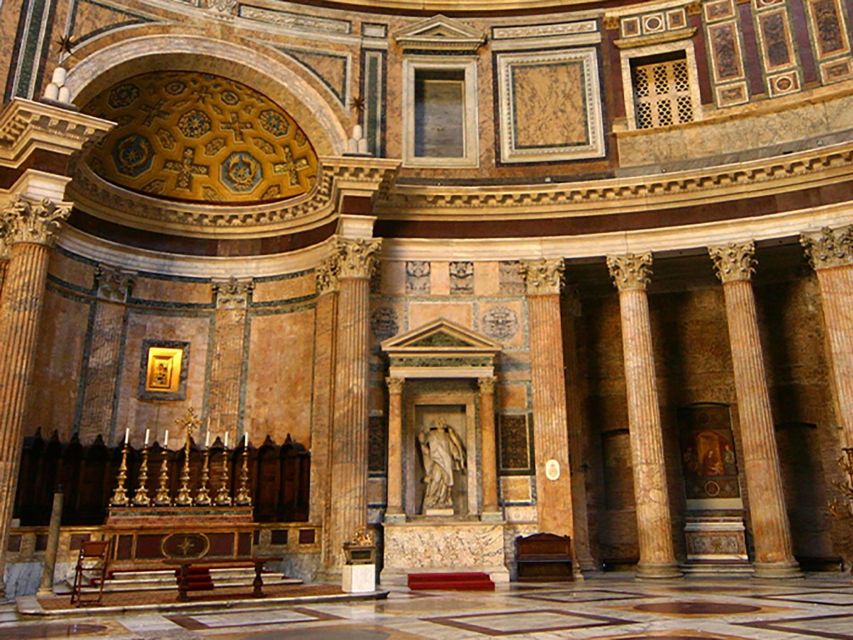
Beyond its architectural brilliance, the Pantheon captivates visitors with its breathtaking artistic embellishments adorning the interior. Intricately carved sculptures, intricate frescoes, and a stunning oculus flood the space with natural light, creating an awe-inspiring ambiance that has endured for centuries.
The Pantheon’s artistic features include:
-
Stunning sculptures, such as the statue of the Roman goddess Minerva, which showcase the impressive craftsmanship of ancient Roman artists.
-
Elaborate frescoes that depict mythological scenes and pay homage to the gods the temple was dedicated to.
-
The iconic oculus, a central opening in the domed ceiling that bathes the interior in natural light, creating a serene and contemplative atmosphere.
These artistic elements seamlessly blend with the Pantheon’s architectural grandeur, making it a true masterpiece of the ancient world.
Practical Information for Visiting the Pantheon
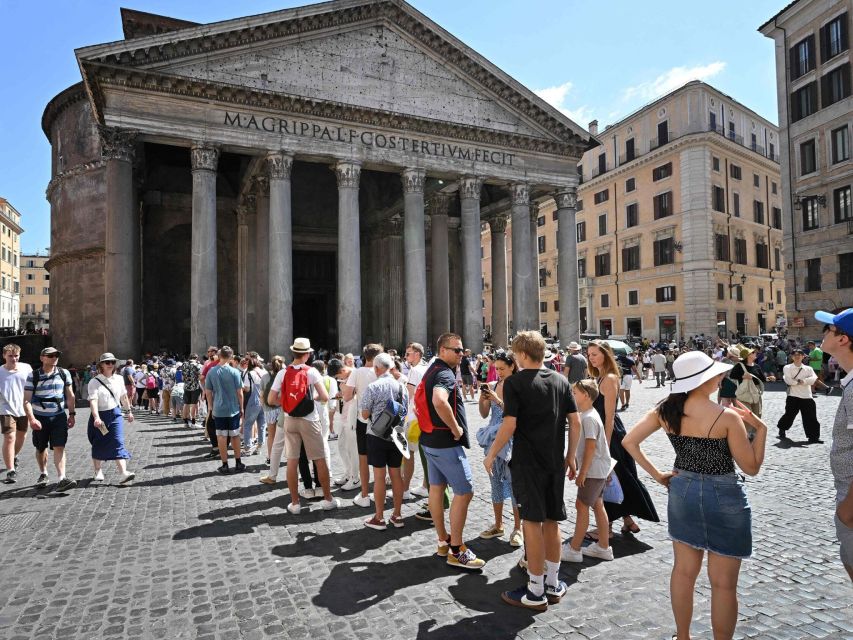
To fully take in the marvels of the Pantheon, visitors should come prepared with practical information.
Bringing the necessary identification, dressing modestly, and being mindful of accessibility are key considerations when planning a visit to this iconic Roman landmark.
Guests must present a valid passport or ID card upon arrival. Plus, the Pantheon has a strict dress code – shorts, short skirts, and sleeveless shirts aren’t permitted.
Unfortunately, the site isn’t wheelchair-accessible, so visitors with mobility issues may have difficulty navigating the space.
Availability and tour times may vary, so it’s best to check the schedule in advance.
With these essentials in mind, travelers can ensure a seamless and enriching experience at the Pantheon.
Here's a few more nearby tours and experiences we think you'll like.
- Skip the Line: Vatican Museums & Sistine Chapel With St. Peters Basilica Access
- Expert Guided Tour of Colosseum Underground OR Arena and Forum
- The Original Roman Crypts and Catacombs Tour With Transfers
- Tuscany Guided Day Trip From Rome With Lunch & Wine Tasting
- Colosseum Underground and Ancient Rome Small Group – 6 People Max
- Skip-the-Line Vatican, Sistine Chapel & St. Peters | Small Group
Frequently Asked Questions
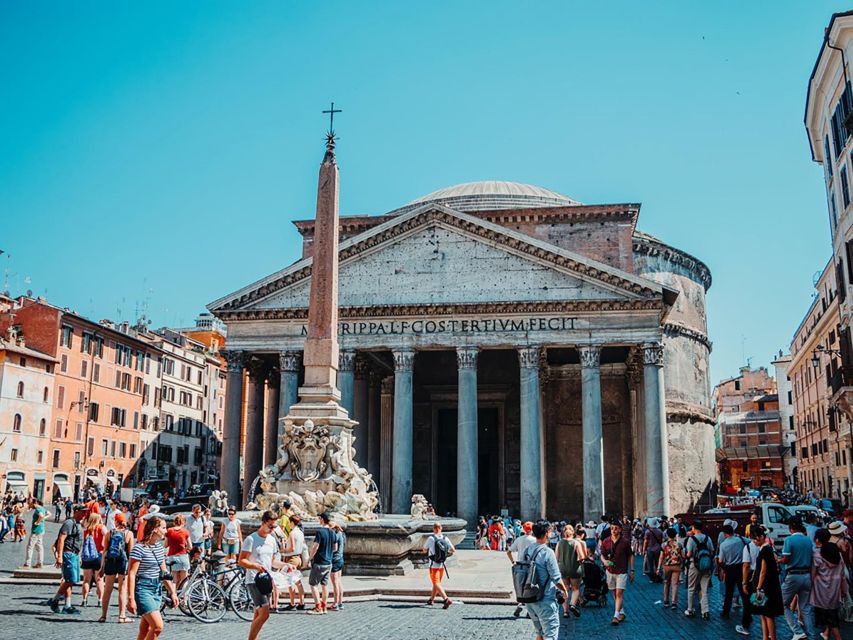
Can I Take Photos Inside the Pantheon?
Yes, visitors are generally allowed to take photos inside the Pantheon. However, they should be mindful of not using flash or tripods, as these may disrupt the serene atmosphere of the historic site. Enjoy capturing the breathtaking architecture and atmosphere during your visit.
How Do I Get to the Meeting Point?
To get to the meeting point, visitors should head to Piazza della Minerva, 72. It’s a short walk from popular landmarks like the Trevi Fountain. Arrive a few minutes early to ensure you don’t miss the start of the guided Pantheon tour.
Is There a Dress Code for Visiting the Pantheon?
There is a modest dress code for visiting the Pantheon. Guests should avoid wearing shorts, short skirts, or sleeveless shirts. Proper attire is required to enter this historic site and enjoy the architectural wonders.
Are Audio Guides Available for the Tour?
The Pantheon tour offers audio guides to provide an immersive and informative experience for visitors. Guests can rent these devices to learn about the Pantheon’s rich history and architectural details at their own pace during the guided tour.
Is the Pantheon Wheelchair Accessible?
Unfortunately, the Pantheon is not wheelchair accessible. The entrance has steps, and the interior of the temple poses challenges for those with mobility issues. Accessibility is limited, so the tour may not be suitable for wheelchair users.
Not for you? Here's more of our most recent tour reviews happening neaby
- Rome: Squares and Fountains English Guided Walking Tour
- Private Rome in a Day Tour With Colosseum & Sistine Chapel: Essential Experience
- Rome: Jewish Quarter & Trastevere Food Tour With Rooftop
- A History of Power in Modern Rome: A Self-Guided Audio Tour
- Nocturnal Rome Golf Cart Tour
- Guided Tour of Roman Forum & Palatine Hill
- Rome: Under the Moonlight Evening Walking Tour
- Rome: Capuchin Crypt and Dark Center Walking Tour
- Rome: Borghese Gallery Skip-the-line Entry Ticket
- Jewish Ghetto Walk and Its Influence in the Roman Cuisine
- Rome Under the Stars: Nightime Guided Walking Tour
- Rome: Secure Luggage Storage
- Ultimate Colosseum, Palatine Hill & Forum Small Group Tour
- Rome: Pantheon Guided Tour With Fast Track Entry
- Rome: Cinecittà World the Cinema Theme Park
Recap
The Pantheon’s enduring grandeur and historical significance have captivated visitors for centuries.
Its architectural marvels, from the iconic dome to the intricate floor patterns, create a harmonious blend of classical elements that continues to inspire awe.
Whether exploring the cavernous interior or appreciating the artistic embellishments, the Pantheon remains a must-visit destination, offering a glimpse into the genius of ancient Roman engineering and design.



